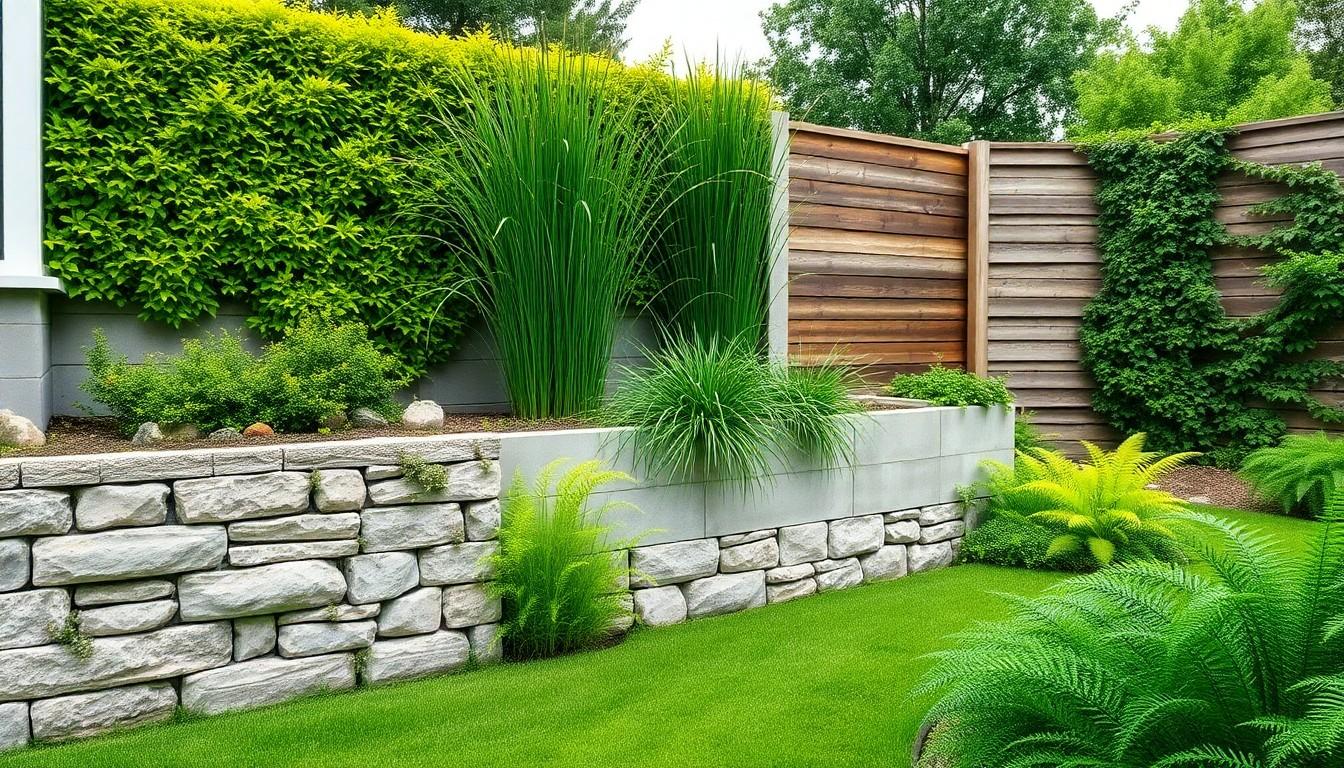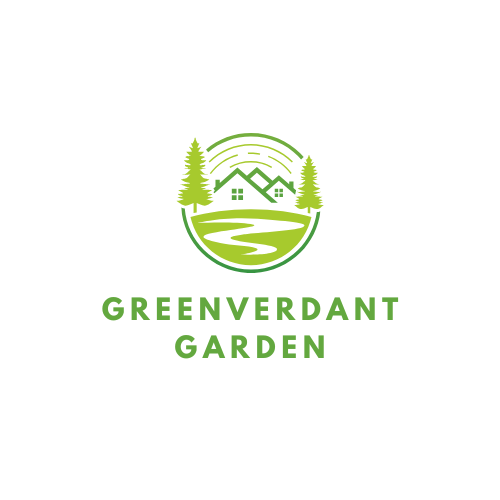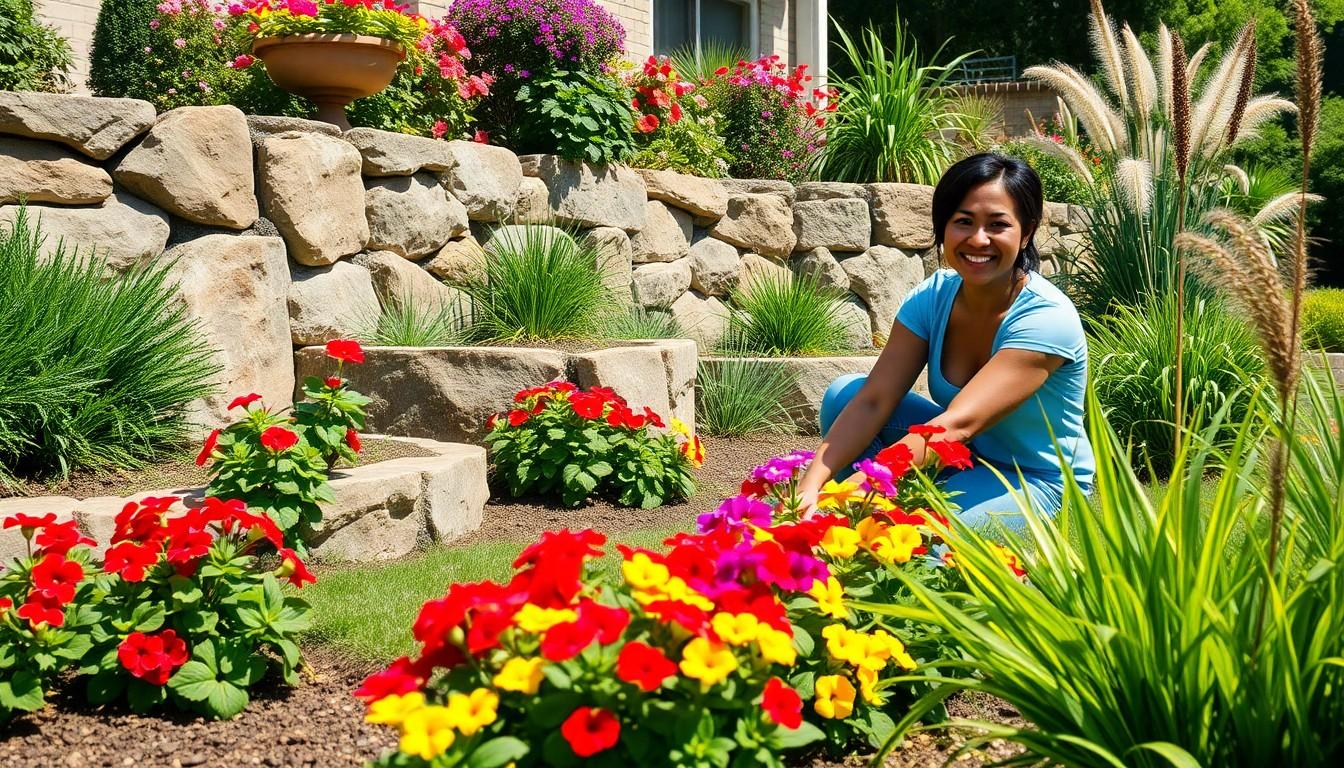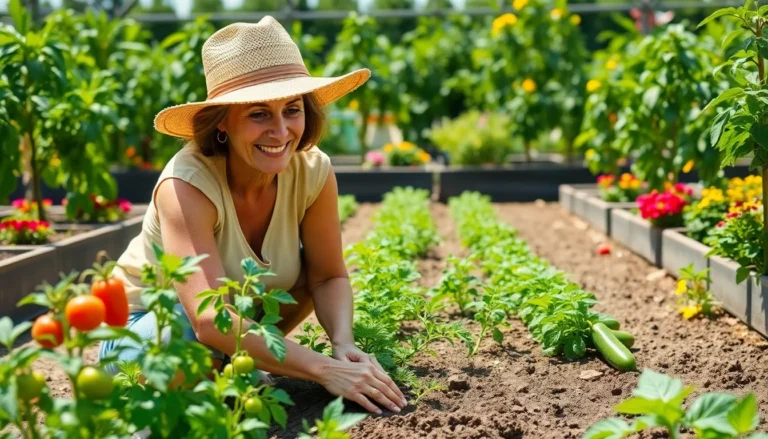Retaining walls are like the unsung heroes of landscaping. They not only hold back soil but also add style and character to any outdoor space. Imagine transforming an ordinary yard into a stunning oasis with just a few clever ideas. Who knew that something so functional could also be so fabulous?
From charming stone arrangements to vibrant plant selections, the options for retaining wall landscaping are endless. Whether it’s creating a cozy seating area or a vibrant flower bed, these walls can elevate any garden to new heights. So, if you’re ready to take your landscape from drab to fab, buckle up! It’s time to explore some creative and fun ways to make those walls work for you.
retaining wall landscaping ideas
Retaining walls serve a dual purpose, combining functionality with visual appeal. They can stabilize slopes while also enhancing garden aesthetics. Various materials can create unique looks, such as natural stone, brick, or concrete blocks. Each option contributes differently to the overall design.
Incorporating plants into retaining wall designs adds life to outdoor spaces. To achieve this, select hardy plants that thrive in the specific climate zone. Succulents, ornamental grasses, and flowering perennials work well as they require minimal upkeep. For added height, consider climbing vines to cascade down the wall’s face.
Seating areas represent another innovative use for retaining walls. Benches built into the wall create cozy gathering spots. Positioning these areas near fire pits or outdoor kitchens enhances usability. This design encourages social interactions while maximizing space.
Integrating water features also elevates landscape design. Waterfalls can flow over stone walls, providing soothing sounds and visual interest. Incorporating small ponds at the base further enriches the environment and attracts wildlife.
Colorful flower beds can be layered in front of retaining walls, spotlighting vibrant blooms. Annuals and perennials can add seasonal interest, allowing for year-round beauty. Arranging plants in varying heights generates depth and creates a dynamic look.
Lighting features additionally highlight retaining walls at night. Pathway lights, wall sconces, or string lights create a warm ambiance. The focus on illumination draws attention to the landscaping’s beauty.
Exploring these ideas can transform outdoor spaces into spectacular retreats. Optimizing design choices allows for personalized touches that reflect individual style. Each element plays a crucial role in achieving a cohesive and inviting landscape.
Types of Retaining Walls

Retaining walls come in various types, each offering unique benefits and aesthetic possibilities.
Natural Stone Walls
Natural stone walls create a timeless look in any landscape. Durable stones like granite or limestone provide strength and visual appeal. These walls blend seamlessly with surrounding gardens, enhancing natural beauty. Additionally, uneven stones create unique textures and shapes. Plants, such as creeping thyme or moss, thrive in the crevices, adding greenery and softness. Maintenance of natural stone walls may require occasional cleaning and checking for settling.
Concrete Walls
Concrete walls stand out for their versatility and modern appeal. This material allows for a clean, streamlined appearance that can fit any design. Homeowners often opt for textured finishes or colored stains to customize their look. Durable and resistant to weathering, concrete walls can withstand harsh conditions. They can incorporate built-in features, such as lighting or seating, enhancing functionality. Planting ornamental grasses along the base softens the overall effect while adding seasonal interest.
Timber Walls
Timber walls provide a rustic charm and natural warmth to any outdoor space. Elevated or stacked wood lends a casual, inviting feel. Pressure-treated lumber ensures resistance to rot and insects, extending its lifespan. Installation requires careful planning to create proper drainage for longevity. Various plants, such as ferns or shade-loving flowers, thrive in these walls, creating a lush, layered look. Timber walls often pair well with natural settings, promoting harmony between structure and landscape.
Design Considerations
Designing retaining walls requires careful thought about functionality, aesthetics, and drainage. These elements play crucial roles in creating an inviting and sustainable landscape.
Functionality and Purpose
Understanding the primary purpose of retaining walls enhances overall landscape design. They stabilize slopes and prevent erosion. Additionally, these structures provide creative solutions for dividing spaces, enabling the creation of terraced gardens or raised flower beds. Built-in seating areas near patios or fire pits can emphasize outdoor living. Furthermore, incorporating lighting fixtures within retaining walls promotes safety while showcasing garden beauty.
Aesthetic Appeal
Creating visually stunning landscapes with retaining walls brings together various materials and plants. Natural stone offers a rustic charm, while concrete provides a sleek, modern look. Mixing textures leads to dynamic spaces, where contrasting elements blend seamlessly. Plant choices, such as colorful flowers, ornamental grasses, or climbing vines, add life and seasonal interest. Thoughtful plant placement around the walls enhances these structures, creating a cohesive visual flow.
Drainage Solutions
Integrating effective drainage solutions prevents water buildup behind retaining walls. Proper drainage systems, including weep holes and gravel backfill, protect structures and surrounding landscapes from damage. Effective drainage helps ensure the longevity of walls while maintaining soil stability. Incorporating plants with deep root systems encourages water absorption, further reducing potential erosion issues. This proactive approach promotes both function and aesthetics in the overall landscape design.
Plant Selections for Retaining Walls
Choosing the right plants for retaining walls enhances both functionality and aesthetics. This selection boosts the overall appeal of outdoor spaces while ensuring the wall serves its purpose effectively.
Ground Covers
Ground covers thrive well in retaining wall landscapes, providing stability to the soil. Creeping thyme, for example, spreads easily and fills empty spaces between stones. Another option, sedum, also known for its drought tolerance, offers a variety of textures and colors. Different types of moss add a lush green feel and work well in shaded areas. These plants prevent erosion and require minimal maintenance, making them suitable choices for busy homeowners.
Vertical Gardens
Vertical gardens maximize space around retaining walls. Climbing plants, such as clematis and climbing roses, add height and visual interest. Their ability to grow upward makes them ideal for creating a lush backdrop. Vertical planters also serve as an alternative; these containers can house herbs or ornamental grasses. Integrating these elements influences the ambiance of the area, lending a vibrant, dynamic look to the landscape.
Flowering Plants
Flowering plants introduce seasonal color and charm to retaining walls. Petunias and geraniums are often popular choices due to their bright blooms and hardiness. These flowers can create a stunning display that complements surrounding greenery. Other options like daylilies bring a burst of color while attracting pollinators such as bees and butterflies. The combination of these flowering plants enriches the outdoor area, ensuring it captures attention throughout the year.
Maintenance Tips
Regular maintenance ensures that retaining walls remain both functional and beautiful. Inspecting for cracks or structural damage periodically helps identify potential issues early. Cleaning the walls with a pressure washer effectively removes dirt, grime, and organic growth, maintaining their aesthetic appeal.
Weeds can impede the growth of desirable plants. Mulching the base of the retaining wall with organic materials prevents weed growth and retains soil moisture. Trimming overgrown plants prevents them from obstructing the view of the wall and allows air circulation.
Watering plants surrounding the retaining wall contributes to their health and vitality. Ensuring that plants receive adequate hydration is crucial, especially during dry spells. Fertilizing annually with a balanced fertilizer promotes optimal growth and enhances the landscape’s vibrancy.
Checking drainage systems is essential for preventing water buildup behind the wall. Proper drainage minimizes pressure on the wall, prolonging its lifespan. Installing perforated pipes or gravel backfills further manages excess water and reduces erosion.
Reinforcing retaining walls with plant roots strengthens the structure and enhances stability. Choosing deep-rooted plants like ornamental grasses minimizes erosion risk. Regularly monitoring plant health and replacing any that appear distressed ensures a vibrant landscape.
It’s advisable to engage professionals for complex maintenance tasks. They can assess the structural integrity of the wall and make necessary repairs. Investing in regular maintenance preserves the beauty and functionality of retaining walls, ensuring they continue to elevate outdoor spaces for years.
Retaining walls offer endless possibilities for enhancing outdoor spaces. By thoughtfully integrating various materials and plant selections, homeowners can create stunning landscapes that are both functional and visually appealing. The right design elements can transform a simple yard into a vibrant retreat, inviting relaxation and social gatherings.
With careful maintenance and creative planning, these structures will continue to provide stability while elevating the beauty of gardens. Whether it’s through unique seating areas or flourishing plant life, retaining walls can truly make a difference in landscape design. Embracing these ideas ensures that outdoor spaces remain inviting and captivating for years to come.




